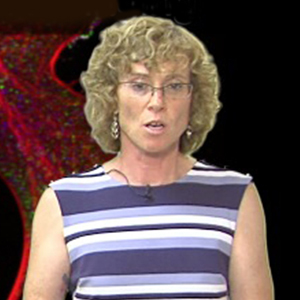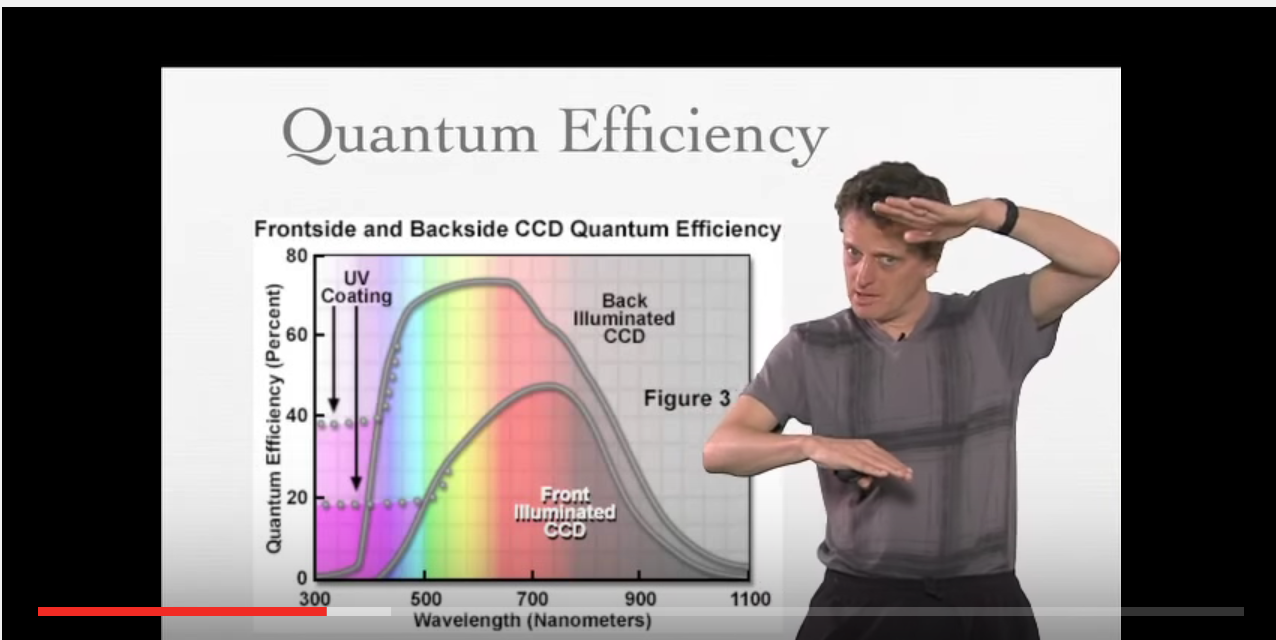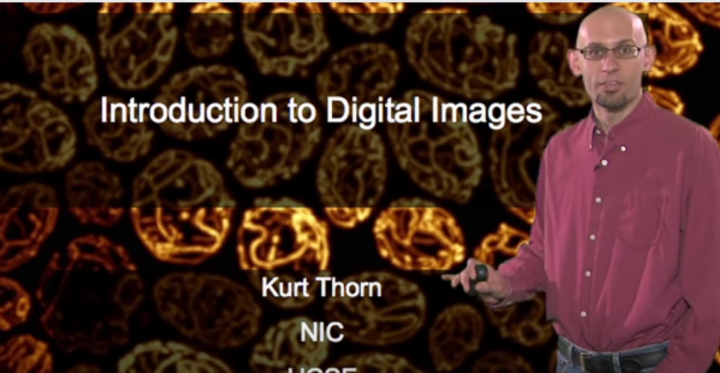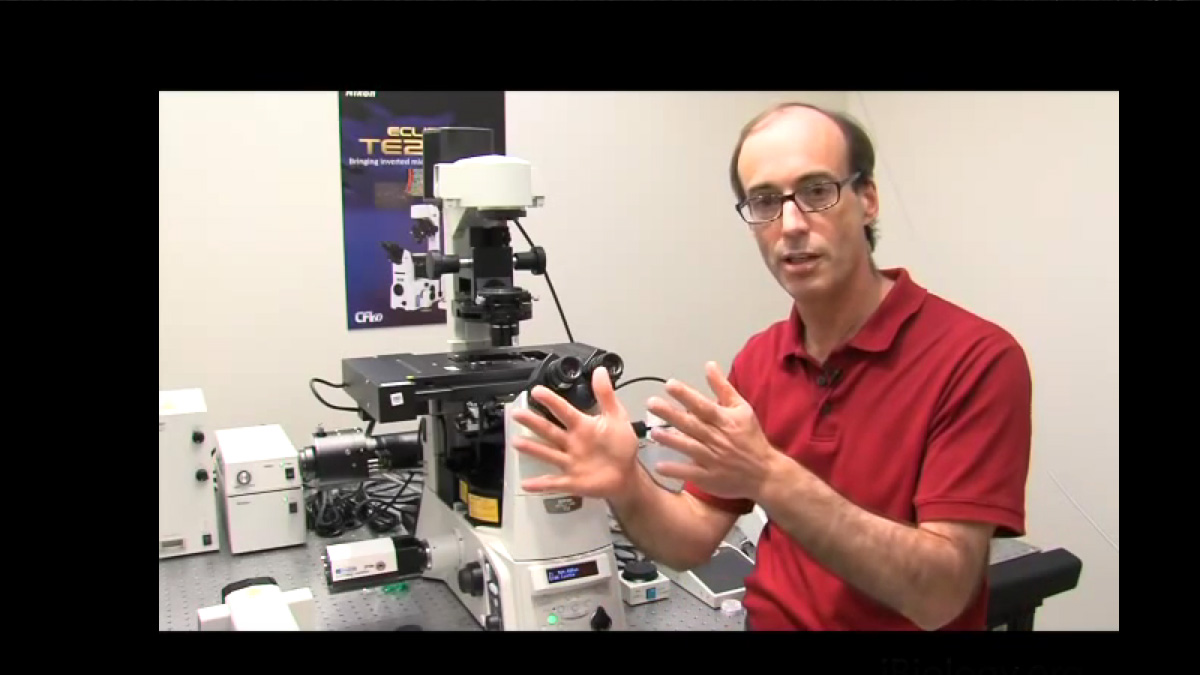Talk Overview
Fluorescent speckle microscopy is a technique that allows monitoring of dynamics in polymeric structures by doping in a very low level of fluorescently labeled monomer. The small number of fluorescent molecules make fluorescent speckles that show up as diffraction-limited bright spots in the image. Here, Clare Waterman, developer of this technique, describes computational tools (developed by Gaudenz Danuser) for automatic quantitative analysis of speckle microscopy data.
Speaker Bio
Clare Waterman

Dr. Waterman is chief of the Laboratory of Cell and Tissue Morphodynamics at the National Heart Lung and Blood Institute, National Institutes of Health and she has been co-director of the Physiology Course at the Marine Biological Laboratory for the past 4 years. Waterman’s lab studies the interactions between actin and focal adhesions, taking advantage… Continue Reading








Leave a Reply